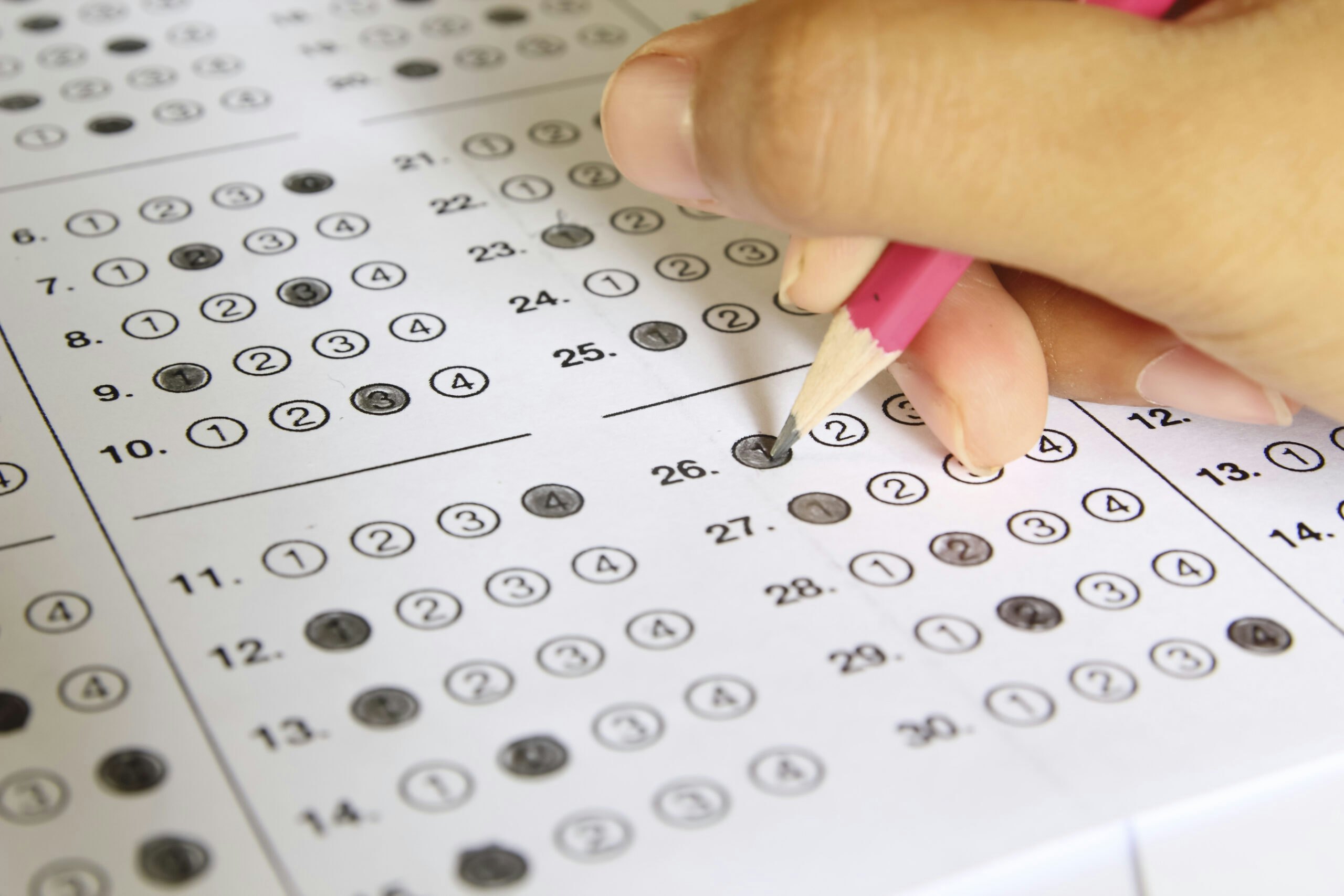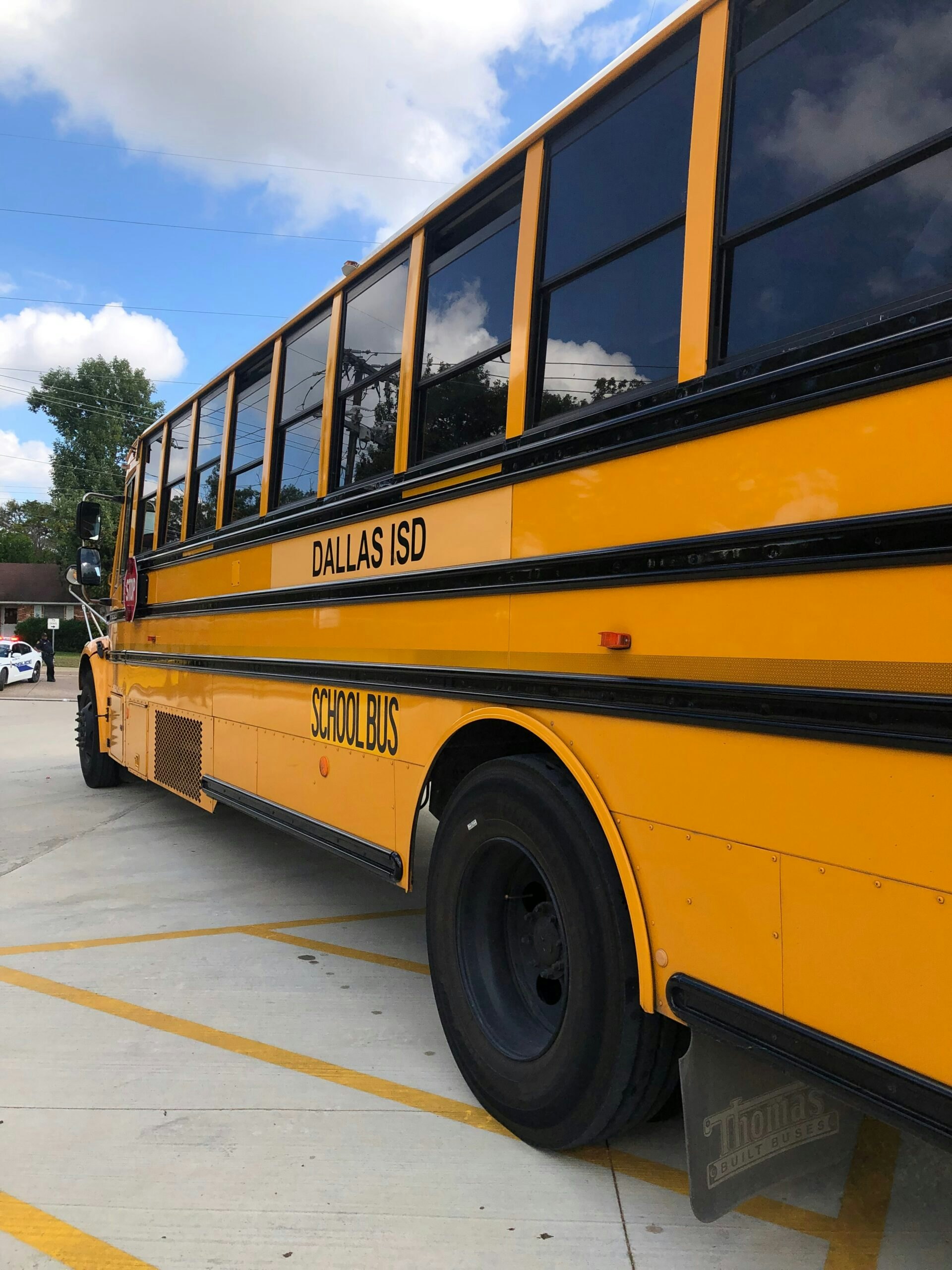Our Recommendations:
- Administer state annual exams and disseminate results
- Double down on rigor and high expectations for students
- Provide parents with clear, actionable information about state test results
- Make state annual exams the cornerstone of state accountability systems
- Align federal pandemic relief to accelerate student learning
High-quality assessments help us determine which students are on track and, importantly, which ones are falling behind and need additional support. This is true in a normal school year, and it’s even more critical now because of the pandemic’s massive disruption of schooling for our Nation’s young people.
The National Assessment of Education Progress (NAEP), widely known as the Nation’s Report Card, provides our best national measure of what students know and can do. The 2022 results showed unprecedented drops in student progress from 2019, putting the pandemic’s impact on students’ academic progress into stark relief. Helping students catch up on the learning time stolen by the pandemic is critical; doing so will require thoughtful and intensive interventions, fueled by the massive investment of federal relief dollars in districts. Valid, comparable assessment data are essential tools to understand where to best deploy resources and interventions – and to measure the continued progress of students over time.
We must recreate that lost learning time through strategies like extending school days, tutoring individuals and small groups of students, providing after-school study programs, and adding days to the school year. Impacted students will, in just a few years, attempt to enter the workforce and higher education. Their K-12 experience is what sets them up – or not – for opportunity and choices about their futures. We need to measure student learning through the recovery efforts to best adapt support as they progress through the K-12 system into higher education and the workforce.
Administer state annual exams and disseminate results
State annual exams provide crucial information to governors, elected officials, educators, advocates, and parents about students’ academic progress. This information can inspire targeted policy, better instruction, and increased learning. It’s important to continue to administer these tests and to share the results broadly to stakeholders. Test data serve as a truth serum in places where adults typically celebrate nonacademic measures while students struggle to read, write, and compute on grade level. Test data (and accountability scores that center those scores) provide parents and advocates with essential information about how well districts and campuses are serving all students. There is also value in trend lines of data to help decision-makers see student performance over time. That’s not possible without the use of valid, comparable tests.
Double down on rigor and high expectations
It is important that states not lower standards or cut scores in a misguided attempt to reduce pressure on students and teachers. The students still need to learn what was missed, as skills and knowledge build upon each other. This is particularly true in math, where our Nation’s eighth graders dropped eight points since 2019 in the NAEP report. Students will need the chance to learn what was missed to be set up for success in their next steps.
State leaders should compare their state exam results with those of NAEP and investigate any variations in scores. For example, if significantly more children appear proficient in state tests than in the NAEP scores, that suggests that the state standards and/or cut scores are too low. Those false positives hide the struggles of many young people, and it makes it more difficult for adult decision-makers to have honest conversations about what is needed to support students.
Provide parents with clear, actionable information about state test results
State tests are typically politicized and often technically complex in design and results – a tough combination for parents to navigate. States should provide timely, transparent information to parents about their child’s performance, including how to interpret test results, questions to ask their child’s teachers, and what types of support might benefit their student. It is also important to be transparent about how the test is created, who is involved in creating and reviewing it, how it is administered, and what it measures. Sharing test questions – and the state standards that they measure – is a helpful way for parents to understand what is being asked of their children.
Parent communication should also include information about how their child’s district and campus are rated in state accountability systems. Leaders should explicitly communicate that the state tests and accountability systems are designed to measure how well our publicly funded system is delivering on its promise to educate all children in a state. State tests and accountability ratings are slow – but important – summative measures. Officials and advocates need valid, comparable, and reliable measures like these to make good decisions about allocating resources, establishing consequences, and replicating successful practices. And parents need an outside-of-the-district measure of their individual student’s progress.
Make state annual exams the cornerstone of state accountability systems
Our public school system is designed to help young people learn the knowledge and practice the skills they need to be successful in their next steps. School does many things, but its primary purpose is academic preparation of students. Our annual state assessments provide a valid, comparable look at that academic preparation – across campuses and population subgroups. Allowing state accountability systems to drift into a panoply of measures diffuses focus. Measuring everything means measuring nothing.
Accountability systems are meaningful only when they incorporate student outcome data. Measuring inputs instead of outcomes prioritizes adult action over student results. Academic progress is the core objective; therefore, state tests should anchor state accountability ratings.
We should measure proficiency in reading, math, and social studies. We should measure if students at all performance levels – low, mid, and high – are making progress each year. And we should measure if high school students are ready for college, careers, and the military.
Align federal pandemic relief to accelerate student learning
The federal government sent $190 billion dollars to our states and districts to mitigate the impact of the pandemic on students. Much of that money is still unspent, and the September 2024 deadline to use it is looming. Currently, districts are required to spend at least 20% of these funds on interventions for students. That number should be higher.
The recent NAEP scores highlight how the pandemic stole learning time from our students. The bulk of relief dollars should target academic support to students to help them recapture that learning time. This could take many forms, depending on the community context, including updating curriculum and instructional materials, hiring tutors and/or partnering with outside organizations to help provide tutoring, investing in after-school and Saturday school programs to offer more learning time, extending the school day or year, and providing training to teachers on instruction in reading and math.
We must stay the course, we must continue to say true things about what children know and can do, and we must continue to support the children who have fallen further behind due to the pandemic. It would be easier for adults – but much worse for children – to lower standards and ease up on summative assessments in our public schools. Students are depending on adult decision-makers to protect their opportunity to learn and succeed after a traumatic disruption to their young lives. We want all children to have access to a life of opportunity and choice, and a strong education is our best shot to help make that a reality.




























